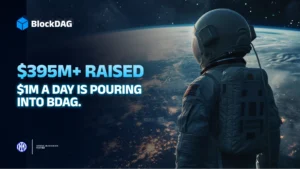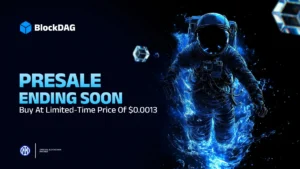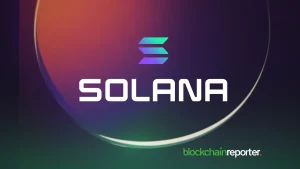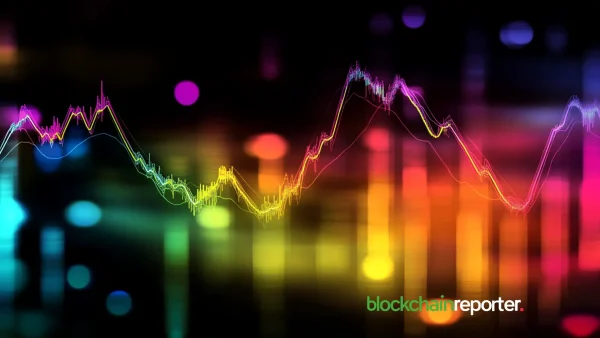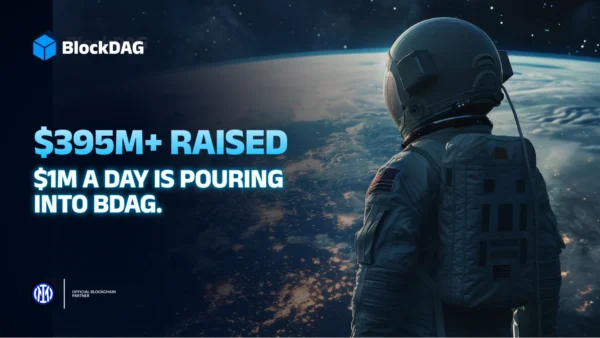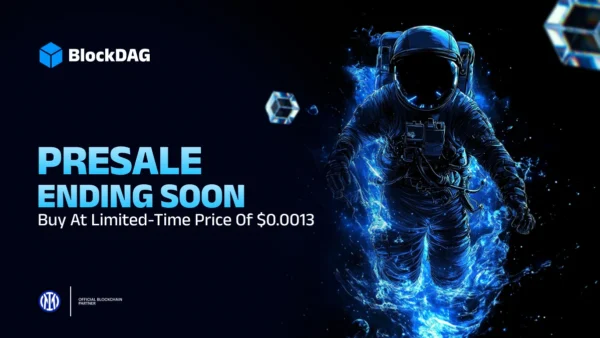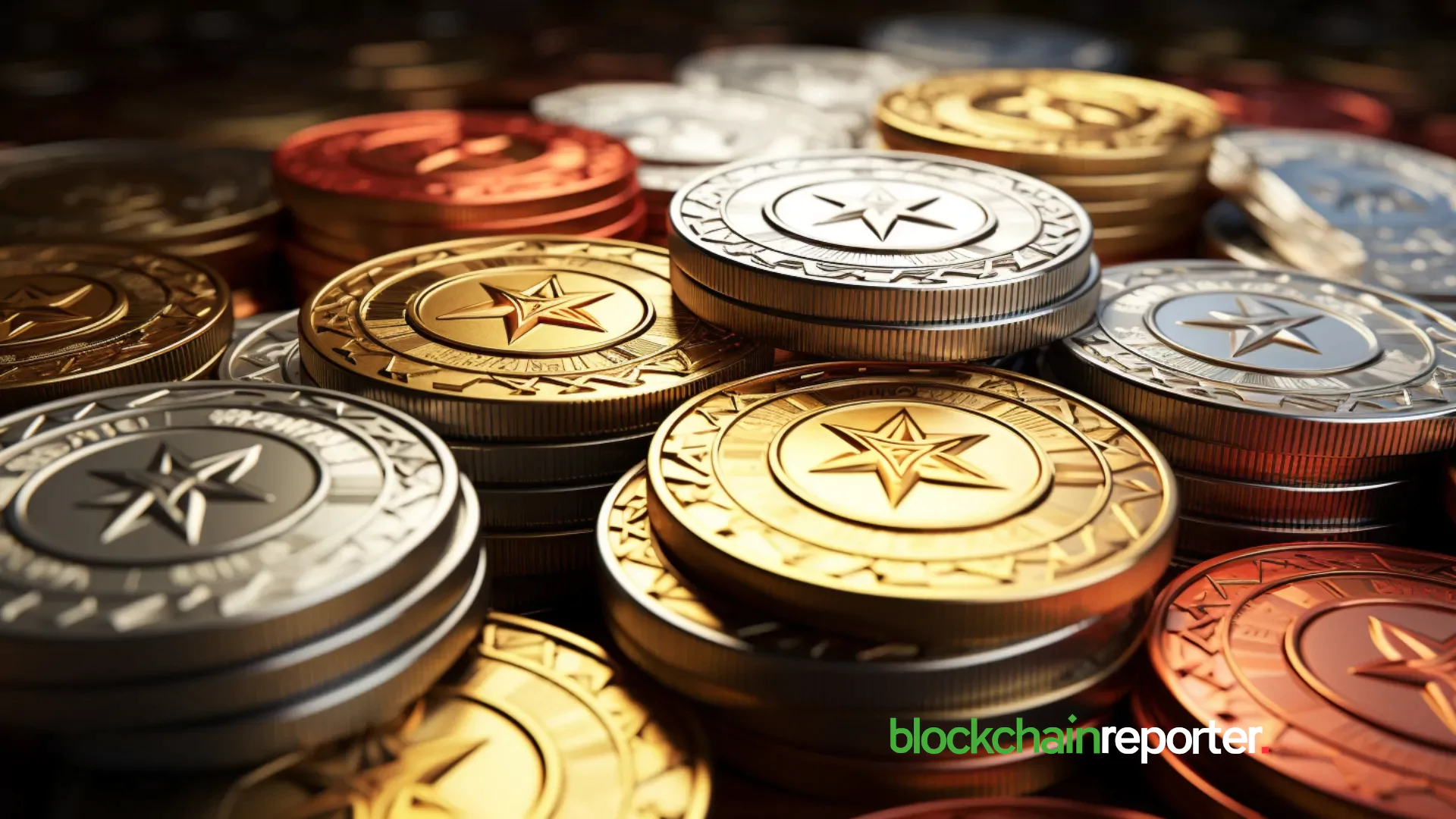
On September 26, DeFiChain announced that its DFI token has been listed on Gate.io, one of the most prominent cryptocurrency exchanges around the globe. This is a significant advancement toward DeFiChain’s goal of making DFI available to investors all over the world. Gate.io is one of the leading crypto exchanges around the globe and offers a majority of cryptocurrencies for trading on the platform.

DeFiChain is the world’s premier blockchain on the Bitcoin network and is committed to bringing decentralized finance services and solutions to everyone. The DFI token (ERC-20 version) will begin trading on Gate.io on September 26 at 10 a.m. UTC. In the beginning, trading will take place against USDT. However, Gate.io may also offer a DFI-BTC pair in the not-too-distant future. In addition, in the latter half of October, the native version of DFI will be made accessible on the trading platform.
After purchasing the token on Gate.io, crypto traders will have the ability to move their DFI to any compatible wallet of their choosing. Users are granted access to the DeFiChain ecosystem in its entirety, which includes decentralized stock tokens. The DFI token can also be traded on Huobi, Kucoin, Bybit (in ERC-20 format), Bittrex, Bitrue, and Hotbit, among other cryptocurrency exchanges. Each new listing on DeFiChain makes it simpler for potential investors to enter the realm of native decentralized finance.
Opening Up The World To The DeFiChain Ecosystem
The DeFiChain ecosystem can now be accessed by anyone, anywhere in the globe thanks to the DFI token. It serves as leverage to mint or lend stock tokens and the dUSD stablecoin, as a reward currency, and as the governance token of DeFiChain. Besides, it is at the center of all actions that take place on the DeFiChain blockchain. These activities include providing liquidity in numerous pools, staking for blockchain consensus and stability, minting stock tokens, and lending stock tokens.
DeFiChain is a Proof-of-Stake blockchain that is decentralized, and it was established as a hard fork of the Bitcoin network to enable more powerful DeFi applications. Its primary mission is to facilitate the provision of decentralized financial services that are efficient, sophisticated, and open to scrutiny. Liquidity mining, crypto staking, decentralized assets, and decentralized loans are some of the features offered by DeFiChain.
The goal of the DeFiChain Foundation is to include decentralized finance in the Bitcoin ecosystem. According to Benjamin Rauch, VP Marketing DeFiChain Accelerator, “We are extremely happy that the DFI token can now be traded on Gate.io and more and more people are able to access the no. 1 DeFi blockchain on Bitcoin.”
Benefits Of Decentralization With Flexible Trading Experience
Within the DeFiChain ecosystem, the DFI coin is a vital currency unit. The DFI token is primarily utilized as a transaction fee and as a governance mechanism for chain upgrade ideas. In addition, DFI has been utilized to pay fees for all operations involving smart contracts that have been carried out on the DeFiChain. These operations also include payments for fees associated with decentralized trading activities, token exchanges, DeFi services, DEX fees, and ICX expenses.
DeFiChain is the first blockchain that provides users with access to decentralized assets on the Bitcoin network, so it provides users with the flexibility and perks of decentralization. Users can mint new dTokens and trade existing ones inside the DeFi ecosystem to get price exposure to equities and exchange-traded funds (ETFs). Additionally, they have the ability to purchase dTokens on the DeFiChain DEX, even in fractional pieces of the cryptocurrency.

The DeFiChain blockchain is completely decentralized, and its governance is performed on-chain. Since the introduction of its mainnet in May 2020, the project has witnessed active participation from the DeFiChain community in virtually all parts of the blockchain, including masternodes, projects, tools, governance, economic plans, and code governance. Its codebase was developed using open source software, and it was subjected to extensive peer review and discussion by a large number of individuals.


